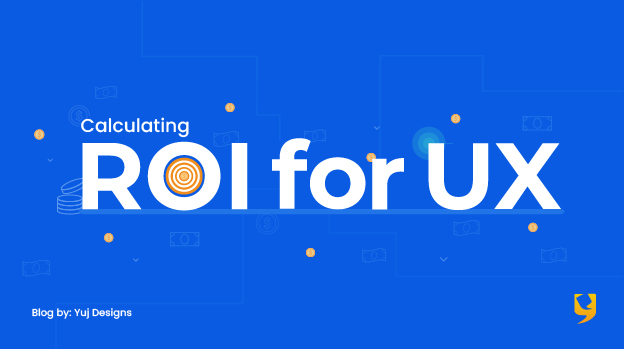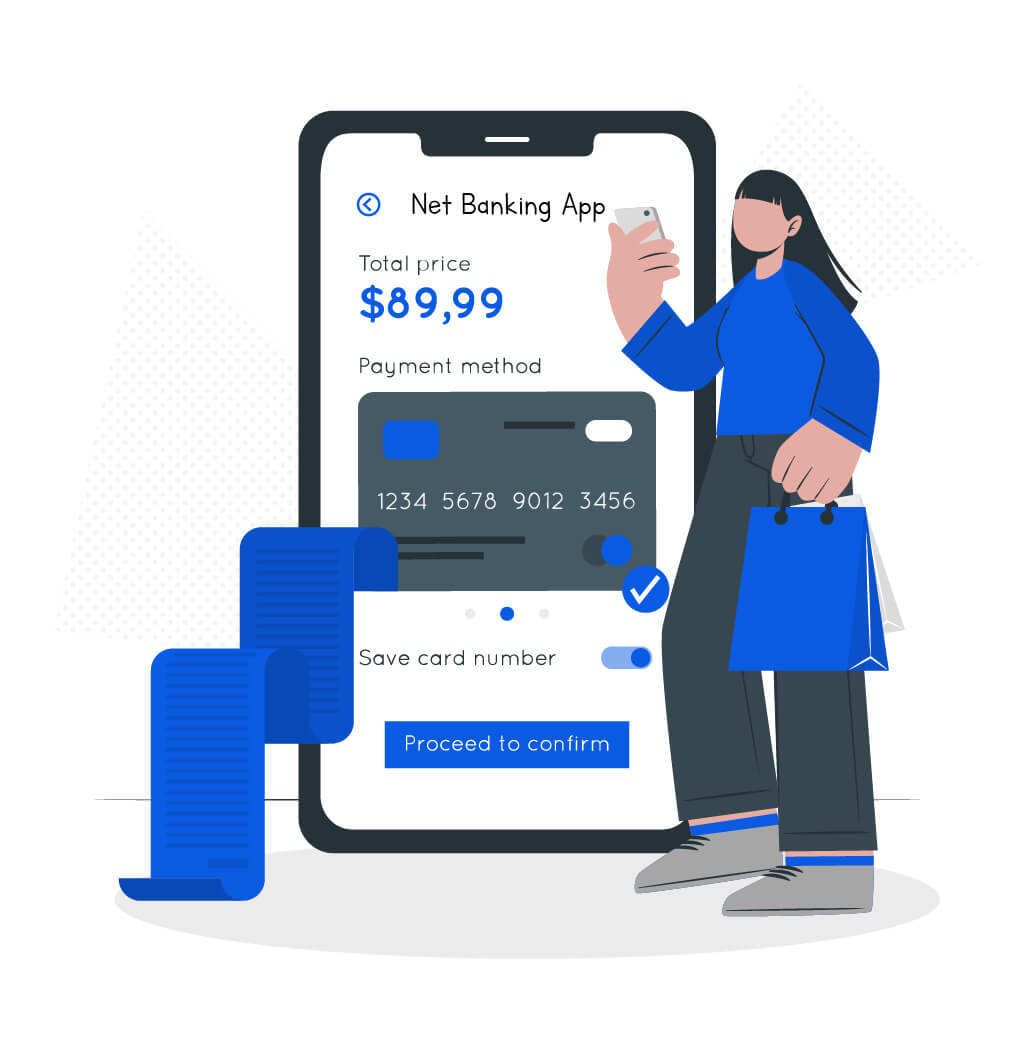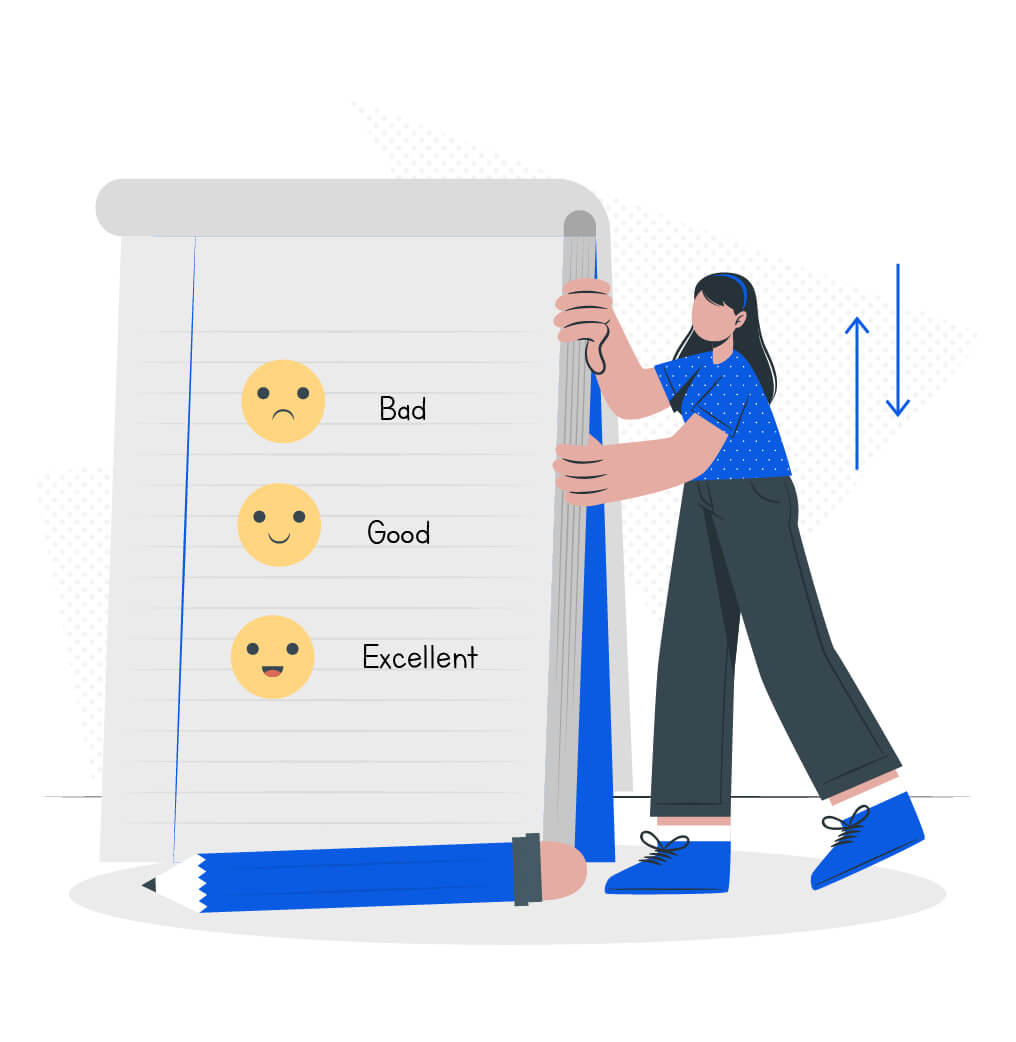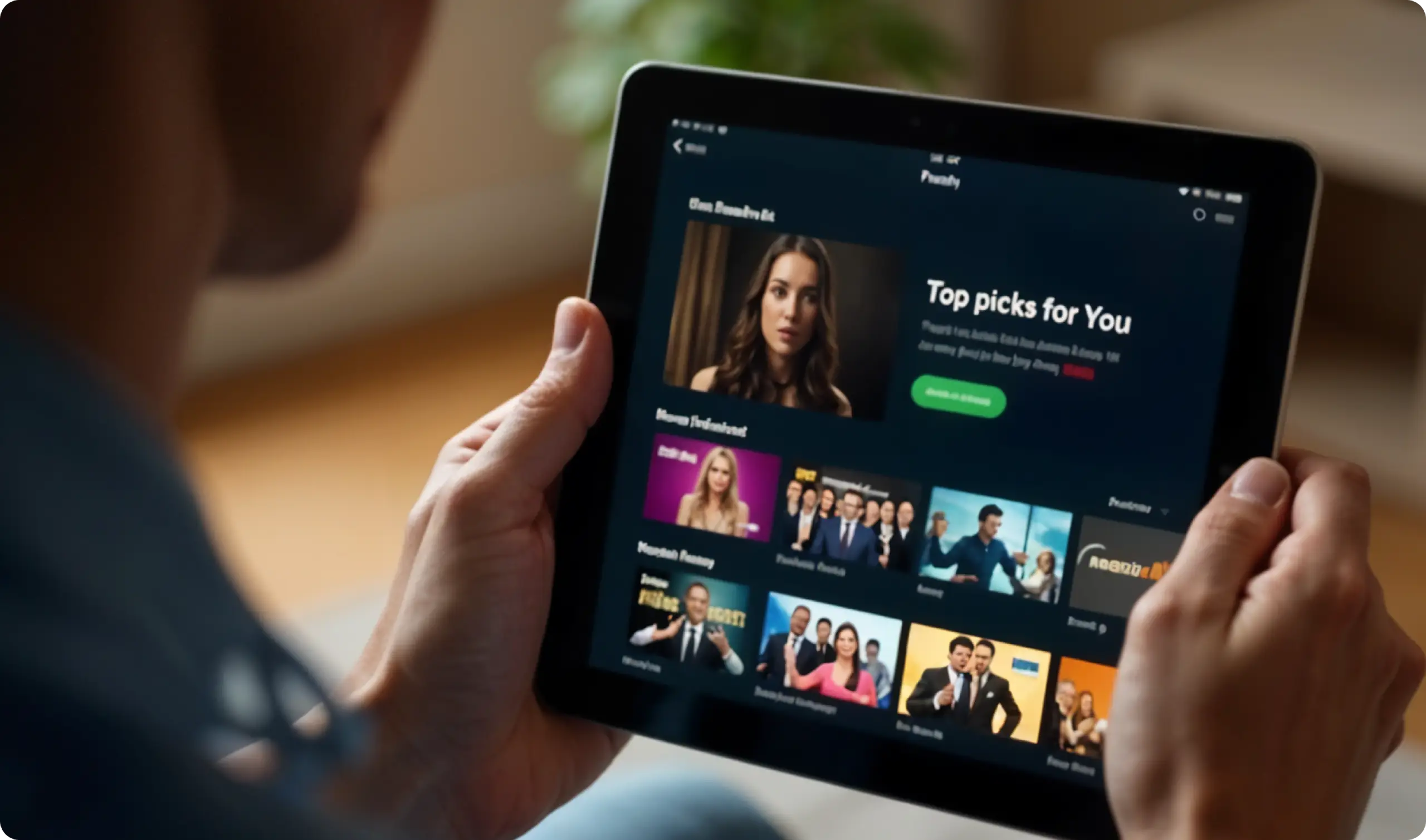
Calculating the Return on any investment can be very tricky, if not planned for before the investment is made. User Experience, however, because of its love for metrics comes packaged with measurable data.
Research has shown that companies that are UX-mature, companies that invest a substantial amount in UX design practices perform better compared to their respective competition.
Any company that invests in UX designs – gains $100 in return of a $1 invested
It is crucial to understand how one ascertains the appropriate Return on Investment (RoI) for UX. Read on to find out about some of the ways to attain the same –
First up, define the Key Performance Indicators (KPIs)
Depending on the areas of the business or product that UX is critical to, you need to draw up the KPIs and the data needed to calculate the RoI.
For instance – is UX going to save the business money, or is it going to help make more money? How will UX achieve this? By persuading people to buy more? By helping them decide or buy faster? By reducing errors in the process?

If it is a net-banking app – discoverability, ease-of-use and a guided experience are helpful for the customers using the app. If the app experience delivers exactly what the customer hoped for, the customer will spend more time on the app. The customer will become a frequent user and will start building trust in the bank and will require much lesser support from customer care as well.
The ROI of user experience here can be measured by the reduction in customer support costs, an increase in user adoption, and the overall feedback shared by customers using the app. Once you have the KPIs detailed and defined, capturing data against each KPI and evaluating the outcomes becomes the basis of RoI calculation.
Open a discussion for KPIs, rather than define in isolation
While businesses and UX firms might more or less agree on what KPIs to consider, they might differ greatly on which are relatively more important than the others. The process of prioritization of KPIs will help you assign weights to the actual data when measured.
The purpose of UX design simply defined is to marry business goals with user needs and deliver an experience that meets both sides. In order to define KPI’s a similar approach should be taken. The business stakeholders when co-work with the UX design teams, the results are always better. As the UX design teams require the stakeholders’ guidance to better their understanding of the business to make well-informed decisions.
Determine the costs of bad features and errors in experience
It is fair to assume that for any given product, there is no perfect design. Rather it is always a work in perfection. The users/ customers also evolve as they are exposed to better designs and better technologies every single day.

This makes the UX design team’s job further challenging – to keep updating the designs to be relevant for the customers. This proves that without user research, perfection is further away. Often resulting in incomplete experiences of users and negative repeat usage.
Ascertain the loss of revenues from such scenarios. Add the cost of getting the issues fixed to this. Now, consider in comparison the cost of conducting user research. How does this compare to the cost of rework and correction, plus the quantum of opportunity and image loss?
Measuring the loss of brand image is again a decision of what to measure. Decreased hits on the website? Lower satisfaction survey scores? Drop in sales?
The key is to look at specific metrics that are most meaningful to the business and prioritizing those.
Rationalize the metrics
It is imperative that the ROI of any investment be calculated, so as to make better-informed decisions. But, it may become confusing to determine how to define metrics that measure the satisfaction levels of the customers.

It is difficult to measure a customer’s happiness scale
However difficult this may be, the way UX design teams define the goals for business, and customers. They also define design goals. e.g. – Make workflows hassle-free, better IA for users to be able to work better. This way it is also possible to define and rationalize the ROI of UX.
Anyone would love to define their KPIs and metrics as ideal at 100%. It is important to rationalize expectations taking into account market realities and begin with reasonable numbers.

More often than not, the metrics businesses care about might not be directly related to UX work. And consequently, the business may not care about the specific metrics that help measure the ROI of user experience.
It is important for UX firms to get buy-in from their clients about the metrics that UX can own up to directly, in the short and long-term, and the ones can never be fully owned by UX.
Calculating RoI of UX is key to marketing UX Design to organizations, to convincing businesses to understand the value of UX design. It answers the most important questions any C-level executive will think of first.
The ROI of user experience of any product/ business needs to be calculated on a case-to-case basis, with KPIs and metrics that are specific to the business in question. What is most important to the organization and the person using the app?
When it comes to the internal processes of a UX Design studio, another kind of ROI comes into play – Return on Idea! But that is another topic for another day.
Amplify your brand presence with the best UX design studio that truly aligns your needs with those of your consumers! Get in touch with us at YUJ Designs, today!






